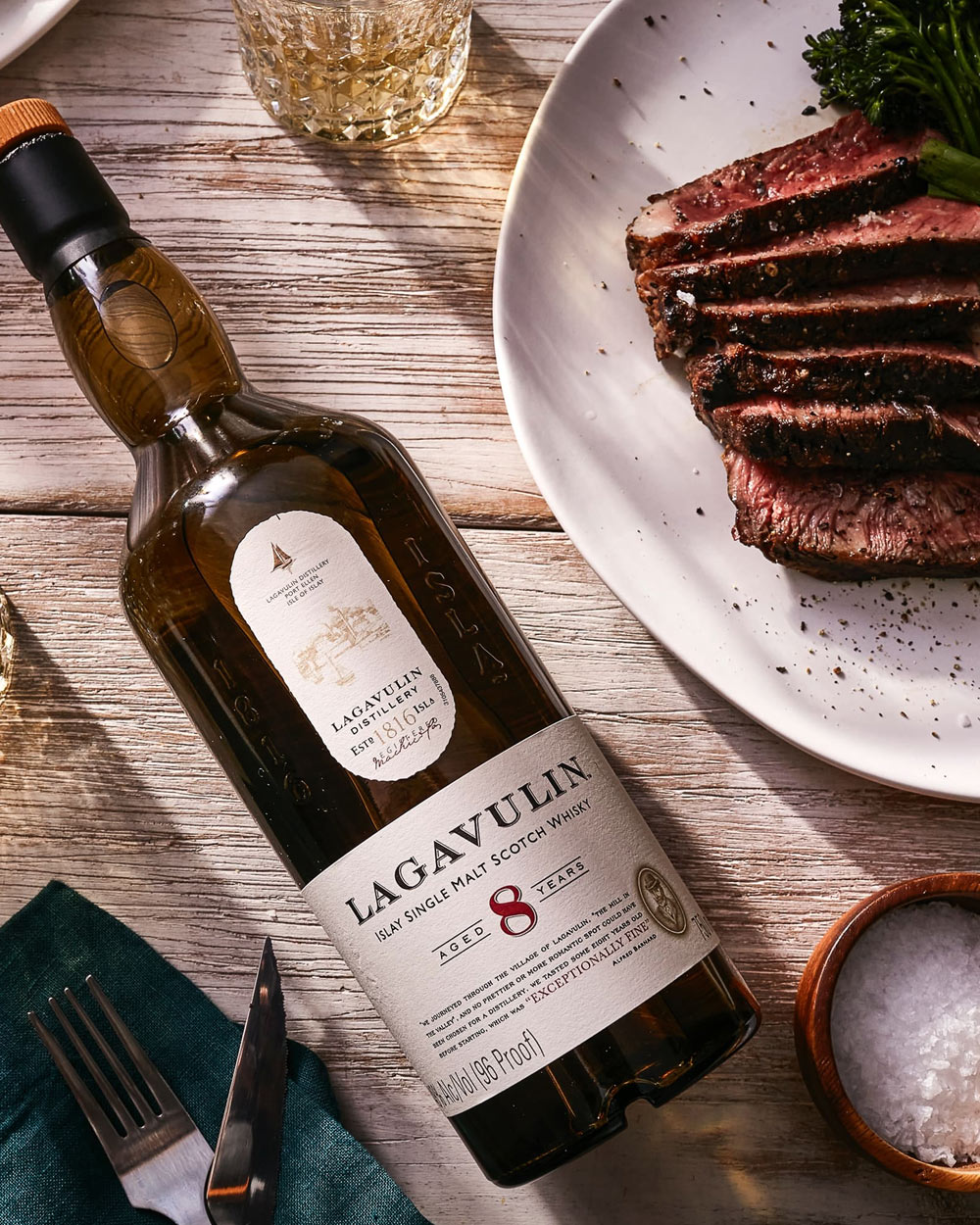If you check the cabinets of any American home bar, you’ll find a collection of what most consider the essential barware for the amateur cocktail enthusiast.
Martini glasses, rocks glasses, tumblers and shot glasses – some or perhaps all displaying the faded logo of bars visited on past vacations – have been the mainstay of kitchen cabinets since Darrin served Mr. Tate highballs in the early episodes of Bewitched.
But while these glasses most definitely have an aesthetic function (after all a martini still tastes like a martini served in a coffee cup, it just doesn’t look like a martini), when it comes to serious tasting, your choice of vessel does matter. So for serious sipping, here is the go-to glassware according to the pros to have in your cabinet next to those shot glasses you bought in Cabo last summer.

Brandy and Cognac: Long-Stemmed Tulip Glass
My idea of a proper cognac vessel was the classic snifter I’d seen in the hands of every European sophisticate on the big screen since my childhood. The vision of Grace Kelly, Jimmy Stewart, and Wendell Corey all swirling their brandy in those bulbous and very cliché glasses in Hitchcock’s classic Rear Window always denoted class and success to a younger me. But Thomas Hine & Co. Cellar Master, Eric Forget, schooled me on what drinking vessel for tasting cognac is best: a long-stemmed tulip glass.
“Its shape and dimensions are ideal for releasing a succession of aromas without concentrating them, and this shape of glass makes it easier to identify and enjoy the full range of aromatic components of a great cognac,” Forget explains. This classic glass has a small but wide bowl at the bottom and a narrow but just slightly flared opening on top. The traditional brandy snifter, in contrast, is too wide to allow the aromas to concentrate, diluting them instead and making the drinking experience less notable. Hitchcock knew narrative, but apparently, he didn’t know Cognac.

Whisk(e)y: Glencairn Whisky Glass
Owed to the hours of daytime drivel I watched as a kid while staying home from school pretending to be sick, my idea of success was a large office with a decanter full of whiskey. And next to the decanter was always found a set of cut crystal glasses rocks glasses. As a budding spirit writer, I was still convinced a tumbler is what whiskey was to be quaffed from, at least by those in the know. But, as usual, my insight was woefully lacking.
Whiskey, in fact, does have its own glass, at least according to Joe Beatrice, founder of Barrel Craft Spirits, and it definitely isn’t the rocks glass. Joe told me that, “the Glencairn Whisky Glass—and specifically the way the nose is presented— gives drinkers a true reading of the concentration of flavors and a better feel for the whiskey you’re about to drink.”
Developed in 2001 by Glencairn Crystal Ltd., the Glencairn Whisky Glass quickly became the standard for savoring both Irish and Scotch whisky. The glass was designed specifically for these spirits, drawing on the aforementioned tulip glass for influence, with narrow opening and larger base. One of the distinguishing features of the Glencairn, however, is the lack of a long stem, which is present on the others recommended. The glass fits comfortably, and somewhat naturally, in the palm, and, like the others, concentrates the aromas of the whiskey. So, while the decanter and rocks glasses are good for television, or perhaps a relaxing pour with friends, if you are trying to catch subtle nuances like a pro, the Glencairn is your ticket.
How to Nose Like a Pro
There’s no shortage of advice on the internet about nosing a spirit. One “controversial” technique recently spotted is holding the glass to your chin for fruit notes, but inhale against the far rim of the glass for grain notes. You can certainly try this if you wish or develop your own technique. It’s your experience after all. But the pros use this simple, tried-and-true nosing method.
1. Swirl (Optional): Gently swirl the glass to allow air to interact with the spirit which open up the scents (not too vigorously or you’ll destroy deeper notes).
2. Smell: Gently inhale the fragrance of the spirit with your nose hovering above the glass. A common mistake is to stick your nose into the glass and inhale deeply. This will give you nothing more than a big hit of ethanol, which causes headaches and ruins the olfactory experience.
3. Part Lips: While nosing, open your mouth ever so slightly. This further diffuses any harsh alcohol burn and allows the aromas to coat your sinuses for an optimal experience.

Tequila and Mezcal: Copita or Grappa Glass
When I was in college the only brands of tequila any of us really knew about were featured in country songs about getting drunk, getting naked, and shooting up the bar. But then tequila underwent a major transformation in the US, and suddenly we Americans were introduced to fine sipping tequila, the good stuff, and there was no looking back. In this national awakening, we discovered that premium tequila should never be corrupted by sweet mixers. Instead, they deserve to be treated like the precious spirits they are: sipped, not mixed nor shot with salt and a lime. But to choose the optimal vessel for elevated drinking, Eric Chamberlain, Beverage Development Lead for E&J Gallo Spirits, which includes Camarena tequila, weighs in.
“If you are looking to truly enjoy the nuances of a premium tequila such as Camarena Anejo, you cannot beat the experience provided by a Copita or Grappa Glass,” Chamberlain says. The bulbous expanse of its lower half provides ample space to truly capture the aromatics of the spirit. These aromatics are funneled through their fluted top, allowing your olfactory glands the ability to appreciate the fragrance.” While the Grappa glass is much like the tulip-shaped glass, there are subtle differences, most notably the straight opening instead of the flaring outward shape of the tulip design.

Rum: Swings Both Ways
And when it comes to a tasting glass, everybody else should, too. A fine rum is every bit as complex and high in quality as cognac, tequila and whiskey, but as far as a perfect rum sipping vessel goes, I could find no consensus. In fact, different rum makers have their personal preferences which include the tulip, copita, and Glencairn glass. So try them all, find one that you prefer, and give these works of art the canvas they deserve.
Clint Lanier is a professor in the English Department of New Mexico State University. He is also the co-author of Drunken History, Bucket List Bars: Historic Saloons, Pubs, and Dives of America, and Craptails: the World’s Worst, Weirdest, and Most Disturbing Drinks. He has also written about spirits and travel for The Huffington Post, Fodors, Eater, and Liquor.com.


